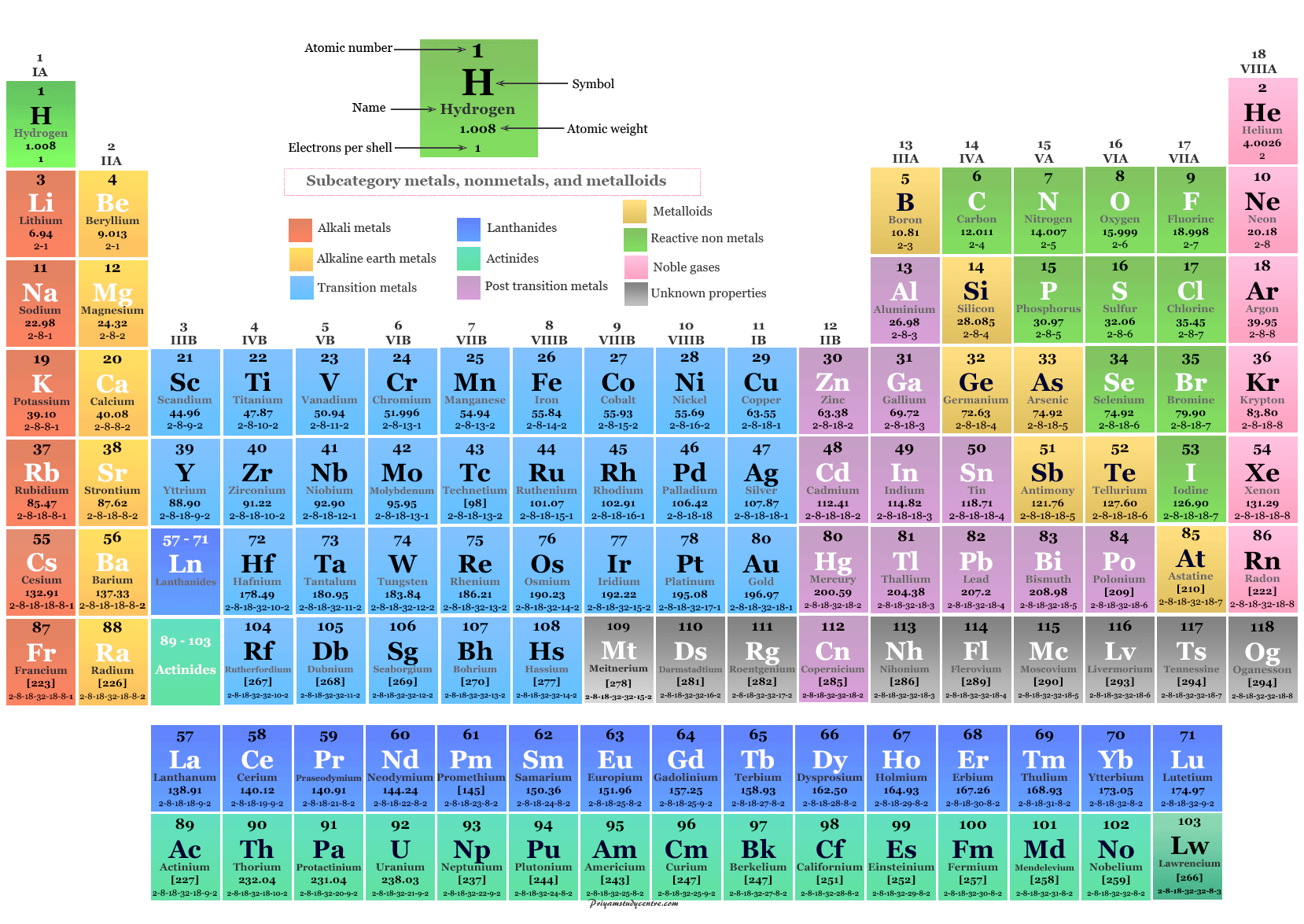
The magnitude of the scientific time span over which the periodic table has guided research is more strikingly illustrated when it is considered that it has been used from a time prior to the discovery of the light bulb to a time after the start of the construction of the International Space Station, the operations of the NASA space shuttle fleet, and the early beginnings of the Chinese space program. This ability to lead scientific inquiry over a 137-year span has contributed to the periodic table being considered one of the greatest scientific constructs. Since its discovery in 1869, the periodic table has guided chemical research including the discovery of new elements. The discovery that elements could be arranged in a periodic table was made by Russian chemist Dmitri Ivanovitch Mendeleev (1834-1907). The ultimate effectiveness of the periodic table is that it arranges over one hundred individual elements so information about a given element is known merely by where it is found in the periodic table. Elements of the same group are found to have similar chemical properties. The elements are arranged in order of increasing atomic numbers. Below the element symbol appears the atomic mass, which is the average mass of all the isotopes of that element. These whole numbers are the number of protons present in the nucleus of that element. Above each chemical symbol appears the atomic number of the element.

The elements in the table are represented by symbols (one, two, or three letters) in individual squares.

Using such rules is not the same as understanding why elements in certain areas the periodic table behave as they do, but the trends that arise from the arrangement of elements in the periodic table allows a chemist to remember useful facts about the types of compounds formed from specific elements and their chemical reactions. From the way elements are organized in the periodic table, chemists can predict their behavior and write chemical formulas of compounds using just a few general guidelines. It has much in common with a thesaurus, providing a guide to similarities and differences among the elements. The periodic table is an essential part of the language of chemistry. The arrangement of the chemical elements into periods (horizontal rows) and groups (vertical columns) is called the periodic table.



 0 kommentar(er)
0 kommentar(er)
